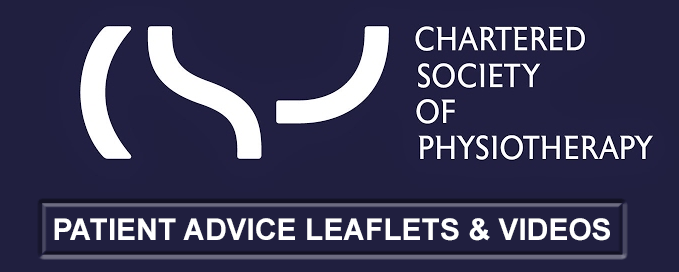
Shoulder
Shoulder Imaging Pathway

Please DO NOT use ultrasound as a screening tool for shoulder pain as 30% of general population over 60 years will have some form of cuff tear and nearly all will have tendinopathy
Xray useful to assess for gleno-humeral or acromioclavicular oasteoarthritis. It can also pick up calcific tendonitis of the rotator cuff complex
Ultrasound can be useful to assess rotator cuff pathology, bursitis and dynamic impingement. The patient must have a good passive range of movement to be useful.
-
If Pt ≤ 70 yrs old with moderate to large full thickness tear (>1 cm), refer directly to orthopaedics.
-
If Pt > 70 yrs old with moderate to large full thickness tear, adopt all conservative measures prior to orthopaedic referral.It is highly unlikely to be repairable
MRI should not be referred from primary care and will be rejected. It can be useful to assess the labrum in secondary care particularly with MRI arthrogram but it is not dynamic

Landmark vs US Guided Injections
Whilst US guided injections are more anatomically accurate this does not directly translate into improved clinical effectiveness with many studies reporting no difference in clinical outcome. US-guided injections are more costly for referring CCG..
Therefore, as per the guidelines below, landmark injections should be performed in primary care for non-trauma patients and all patients >65 years old. If there is no improvement following a landmark injection (this should be stated in the request), a once only US guided injection can be requested
Shoulder orthopaedic referral is advised if there is no improvement or a recurrence of symptoms following the US guided injection.


